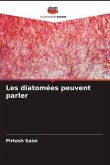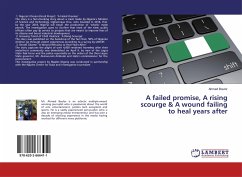The main objective of this book was to identify the diatoms present in different water bodies. Diatoms are major group of algae, and are among the most common types of phytoplankton. Most diatoms are unicellular, although they can exist as colonies in the shape of filaments or ribbons, fans, stars. There numerous species of diatoms and more than 5600 have been described and probably more than 100,000 in total. Diatoms are being used excessively as a forensic tool for the confirmation of death due to drowning or homicidal. The main goal of diatom analysis in forensic is to differentiate a death by submersion from a post-mortem immersion of a body in water. Laboratory tests may reveal the presence of diatoms in body. Since the silica-based skeletons of diatoms do not readily decay, they can sometime be detected even in heavily decomposition bodies.
Bitte wählen Sie Ihr Anliegen aus.
Rechnungen
Retourenschein anfordern
Bestellstatus
Storno








